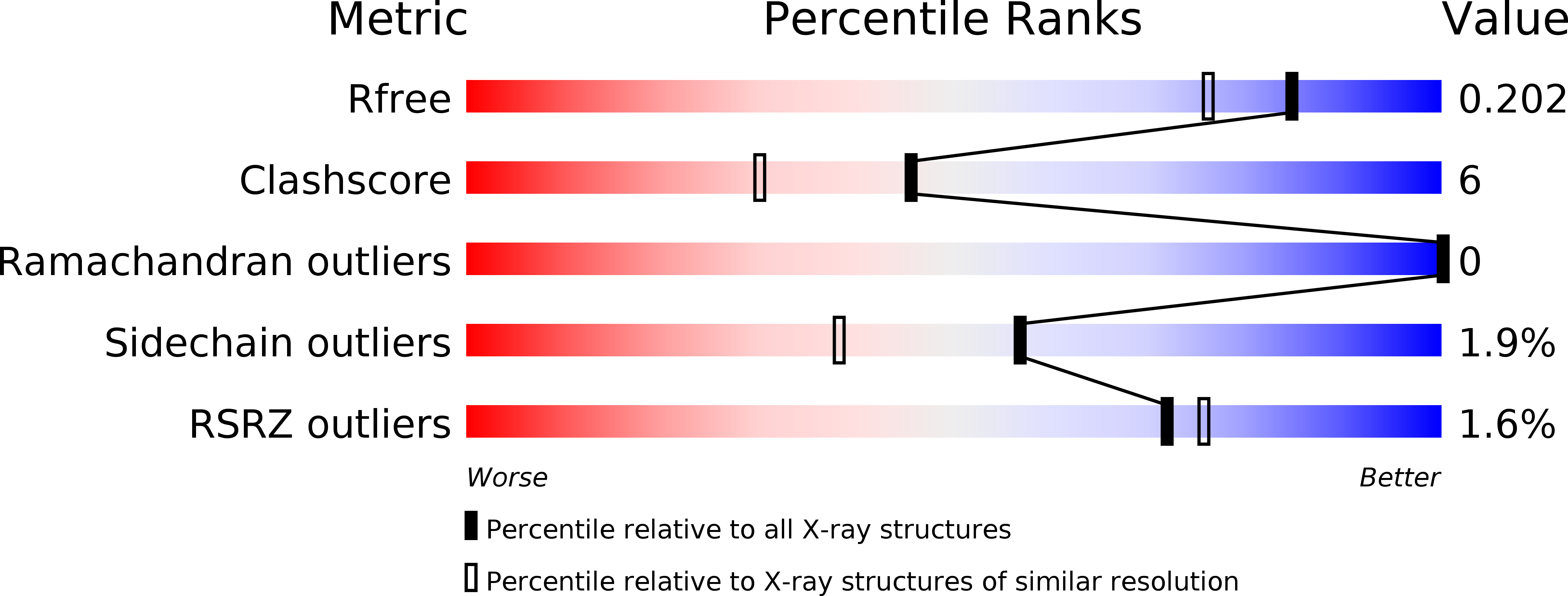
Deposition Date
2010-07-06
Release Date
2011-01-26
Last Version Date
2024-10-23
Method Details:
Experimental Method:
Resolution:
1.67 Å
R-Value Free:
0.20
R-Value Work:
0.16
R-Value Observed:
0.17
Space Group:
P 43 21 2


